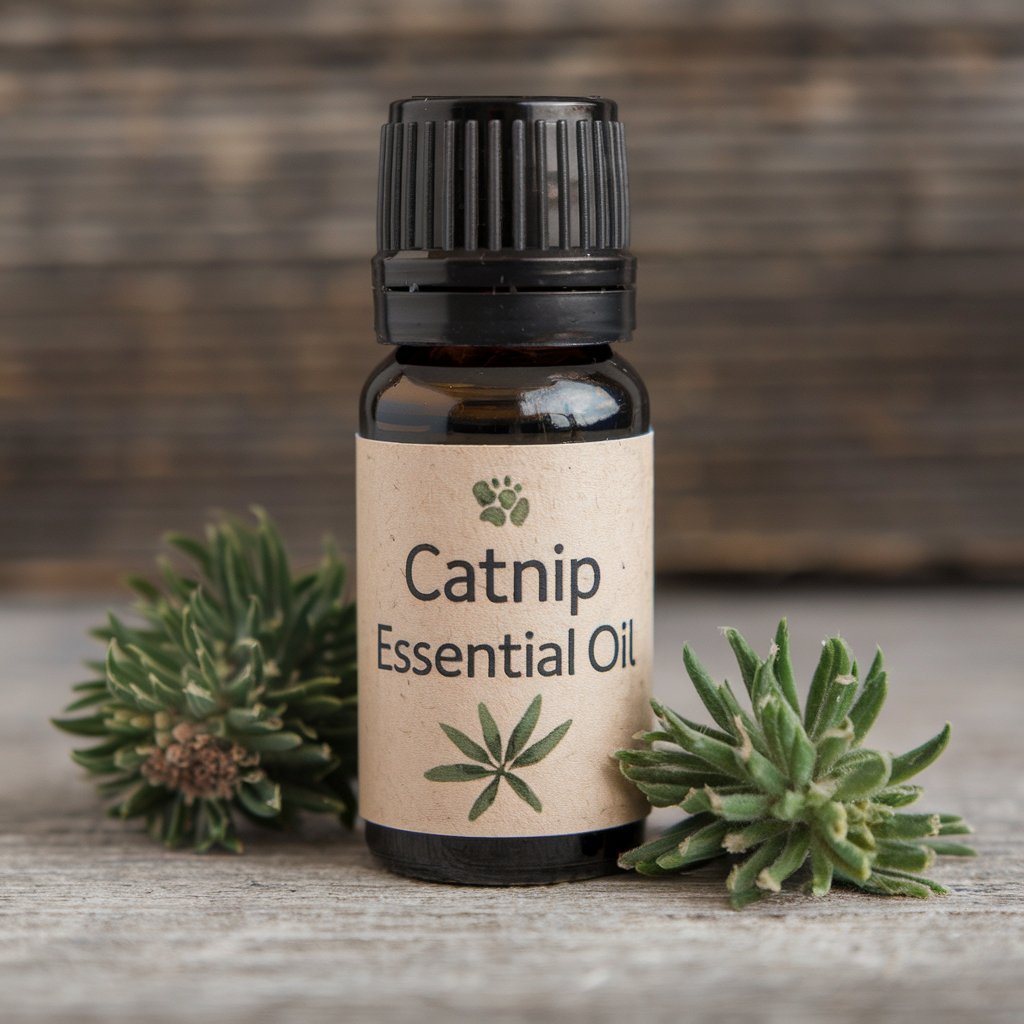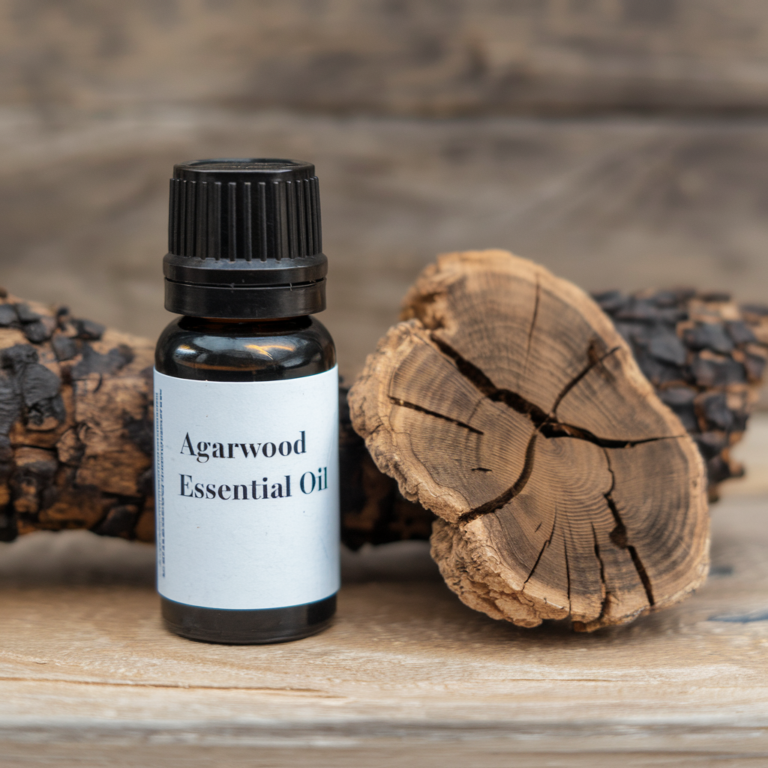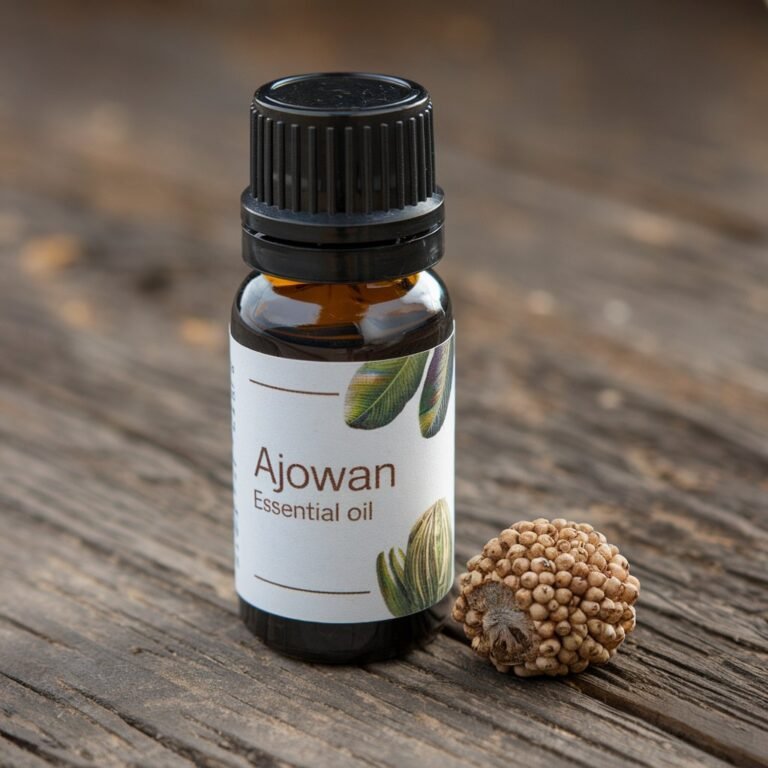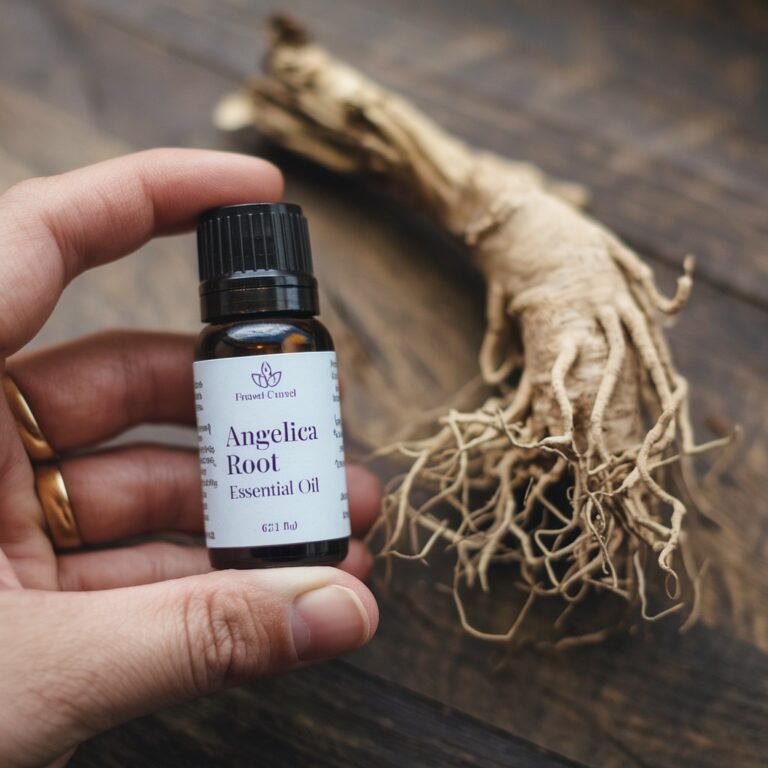Catnip Essential Oil
What is Catnip Essential Oil?
Catnip essential oil comes from the catnip plant, Nepeta cataria, a perennial herb in the mint family. This oil is notable for its unique effects on cats, often inducing euphoria and playful behavior. Beyond feline interactions, catnip essential oil serves as a beneficial product for humans, offering potential therapeutic effects. The oil has started gaining attention for its soothing properties and its role in natural wellness practices.
Recommended Brands:
Catnip Essential Oil by Amrita
Catnip Organic Essential Oil by Amrita
How Many Different Types of Catnip Essential Oils Are There?
Catnip essential oil is generally uniform, extracted from the Nepeta cataria plant. There aren't different “types” per se, but the oil's quality can vary based on factors such as the plant's growing conditions, the distillation process, and storage practices. Traditionally, the oil is processed to maintain the integrity of its natural compounds, resulting in a consistent product regardless of the brand or batch.
Benefits and Uses of Catnip Essential Oil for Pets and Humans
How is Catnip Essential Oil Made?
The production of catnip essential oil involves steam distillation. This process begins with harvesting the leaves and flowering tops of the catnip plant. These parts are preferred due to their high concentration of essential oil. The plant material is placed in a distillation apparatus where steam passes through it. The heat and moisture cause the plant's oils to evaporate, combining with the steam. This mixture then passes through a cooling system, which condenses the steam back into water. The essential oil separates from the water and is collected as a concentrated liquid.
This method is considered effective in preserving the delicate chemical compounds that give catnip essential oil its distinctive aroma and potential benefits. Because of this careful extraction process, the oil maintains its purity and potency.

What is the Botanical Name of Catnip?
The botanical name of catnip is Nepeta cataria. This name stems from its genus, Nepeta, which includes several aromatic plants. The species name, cataria, is derived from its well-documented appeal to cats, who are famously enchanted by its scent.
What is the Chemical Composition of Catnip Essential Oil?
Catnip essential oil boasts a complex array of active compounds, which contribute to its effects and uses:
- Nepetalactone: This is the primary compound, making up a significant portion of the oil. It is responsible for the behavioral effects observed in cats. For humans, this compound is valued for its insect-repelling properties.
- Citral: Known for its lemon-like aroma, citral contributes to the oil's soothing effects.
- Citronellol: Often found in insect repellents, citronellol adds to the oil’s aromatic profile and functional properties, aiding in repelling mosquitoes and other pests.
- Other Terpenes: These contribute to the oil’s scent and therapeutic properties, enhancing its overall profile.
What are the Benefits of Using Catnip Essential Oil?
- Insect Repellent: One of the most noted benefits of catnip essential oil is its ability to repel insects, particularly mosquitoes. Research suggests it can be as effective as synthetic repellents, offering a natural alternative.
- Anxiety Relief: The calming scent of catnip essential oil can help reduce stress and anxiety. Its soothing properties make it ideal for use in aromatherapy to create a tranquil environment.
- Sleep Aid: Used in diffusers, the oil can promote better sleep quality. Its relaxing aroma helps calm the mind, making it a suitable option for those struggling with insomnia.
- Minor Pain Relief: Catnip essential oil possesses anti-inflammatory properties, which may help alleviate headaches and muscle pain. Topical application, when diluted, can provide localized relief.
- Digestive Support: While not widely recognized, catnip essential oil may aid in digestion, reminiscent of its traditional use in herbal teas.
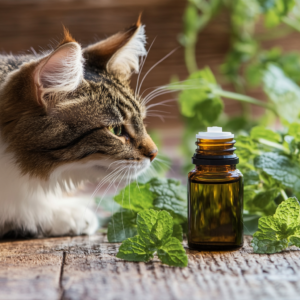
What are Ways to Use Catnip Essential Oil?
- Insect Repellent Sprays: For those who prefer natural solutions, catnip essential oil can be mixed with water and a carrier oil like jojoba oil to create an effective insect repellent spray.
- Aromatherapy Diffusers: Add a few drops to a diffuser to create a calming atmosphere that aids in relaxation and stress reduction.
- Topical Application: When diluted with a carrier oil, catnip essential oil can be applied to the skin to relieve tension headaches or stress-related muscle pain.
- Relaxing Bath Blends: Combining catnip essential oil with Epsom salts can enhance a warm bath, offering relaxation and promoting restful sleep.
- Room Sprays: Blend with water and a touch of witch hazel to freshen up a room while keeping insects at bay.
Recommended Brands:
Catnip Essential Oil by Amrita
Catnip Organic Essential Oil by Amrita
How Has Catnip Essential Oil Been Used Historically?
Historically, catnip has been valued for its medicinal properties, predominantly in Europe and North America. Before its modern essential oil form, catnip was commonly used in teas and tinctures. These preparations were believed to help with relaxation, digestive issues, and as a mild sedative. In folklore, catnip was also used in various concoctions for its soothing effects on children and adults alike.
The transformation from traditional catnip tea to essential oil represents a shift towards more concentrated and versatile uses, allowing people to benefit from catnip's properties through inhalation and topical application.
What Does Blend Well with Catnip Essential Oil?
- Lavender: Enhances relaxation, complements the calming effects of catnip, and bolsters their combined use in promoting sleep.
- Lemon: Adds a bright, uplifting scent that can enhance mood and refreshes the air.
- Eucalyptus: Complements its insect-repelling capabilities, creating a powerful natural bug deterrent.
- Peppermint: Adds a cooling sensation and freshens the air, ideal for invigorating blends.
What Does Not Blend Well with Catnip Essential Oil?
- Cinnamon: This strong and spicy scent can overpower catnip’s more delicate aroma.
- Clove: Similarly, its pungent aroma can clash with catnip’s subtle minty notes, making it less ideal for harmonious blends.
What are the Side Effects of Using Catnip Essential Oil?
- Skin Irritation: Potential for irritation if applied undiluted. Always dilute with a carrier oil to prevent adverse reactions.
- Allergic Reactions: Conduct a patch test to check for allergies before extensive use.
- Not for Internal Use: Should not be ingested, as it may cause adverse effects.
- Drowsiness: In some individuals, the calming effect might induce drowsiness.
What Does Catnip Essential Oil Smell Like?
Catnip essential oil has a fresh, herbaceous aroma with a subtle minty undertone. This scent is primarily due to nepetalactone and citral compounds. The aroma is both calming and invigorating, making it suitable for various applications in both personal care and home environments.
How Do I Make Catnip Essential Oil at Home?
Creating catnip essential oil at home involves a few steps. First, you need fresh catnip leaves and flowers. Use a steam distillation kit, which can be purchased online or at a specialty store. The process involves:
- Harvesting: Collect fresh catnip leaves and flowers. Ensure they are clean and free of pesticides.
- Preparation: Chop the plant material to increase the surface area, enhancing oil extraction.
- Distillation: Place the chopped material in the distillation apparatus. Allow steam to pass through the catnip, carrying the essential oils with it.
- Condensation: The steam is cooled, forming a liquid. The essential oil will separate from the water.
- Collection: Carefully collect the oil in a dark glass bottle to preserve its properties. Dilute with a carrier oil before topical use.
What is the Shelf Life of Catnip Essential Oil?
Catnip essential oil has a shelf life of approximately 1-2 years. To ensure it retains its efficacy, store it in a cool, dark place away from direct sunlight and heat. Use a tightly sealed dark glass bottle to protect the oil from light and air exposure, which can degrade its quality.
Is Catnip Essential Oil Safe for Children?
While catnip essential oil is natural, its use around children should be approached with caution. Always consult a healthcare professional before using it on or near children. In general, use diluted forms and avoid applying directly to a child's skin.
Can Catnip Essential Oil Be Used on Pets and Animals?
Catnip essential oil is generally safe for cats but should be used sparingly. Cats may react to the oil as they do to catnip leaves, but overexposure can lead to overstimulation. For other pets, such as dogs and small animals, it's crucial to consult a veterinarian before use, as their reactions can differ significantly.
Recommended Brands:

